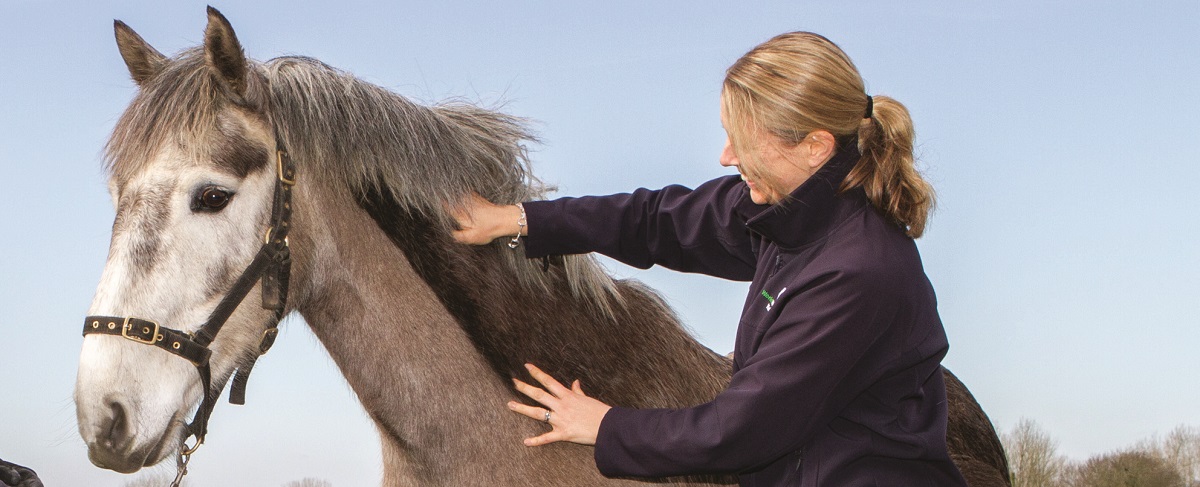
With spring (hopefully!) just around the corner, now is a great time to be checking that your horse isn’t carrying any excess weight before the grass starts to grow and it becomes more difficult to get any unwanted pounds off. Check out World Horse Welfare’s ten top tips for managing your horse’s weight:
1. Find out if your horse is overweight by checking his/her Fat Score
It is impossible to tell by eye how much fat a horse is carrying, and this can be surprisingly deceptive. Learning how to Fat Score (Body Condition Score) teaches you to feel for fat in specific areas to check your horse’s condition – you can find information on this and download World Horse Welfare’s Right Weight leaflet (which includes a handy guide to fat scoring).
2. Check your feed
Ask an expert, such as a qualified nutritionist, for advice to check you’re feeding your horse appropriately – and make sure you measure feed out accurately, since otherwise it’s very easy to inadvertently feed your horse more calories than they really need. Also, try to make titbits and treats the exception rather than the rule, and choose low-calorie options whenever possible.
3. Don’t put your horse on a crash diet
Horses are trickle feeders and must have a steady supply of food to keep them healthy, so try to find ways to reduce the calories without dramatically cutting down the quantity.
4. Control grass intake
Most leisure horses get more calories than they need from grass alone. In many cases it may be necessary to restrict their grass intake in some way, although additional vitamins and minerals will still be required. Options for restricting access to grass include strip grazing paddocks, using a track system or using a grazing muzzle for a limited period each day.
5. Don’t be tempted to feed for more ‘oomph’
A high energy feed is also high in calories. Feeding an overweight horse more calories won’t give it more energy for work, but it will create more fat. Think about reducing their calorie intake so they lose weight and build up fitness to give them more energy.
6. Walk more!
A brisk walk or steady trot will burn more fat than faster work such as canter. Find ways to build more walking into your horse’s day – this can include taking non-ridden horses for a walk in-hand, for instance. You could also do additional in-hand work with your ridden horse to change their routine and keep it interesting.
7. Consider if your horse really does need a rug
Remember that horses already have waterproof coats and their own central heating systems – digesting fibre generates heat, and this helps to keep the horse warm from the inside out. If your horse is overweight consider whether he or she could go without a rug next winter or if a lighter weight one would be more suitable.
8. Remember that every horse is different
Don’t be tempted to feed or rug your horse just because everyone else does. Consider what your horse needs and remember that it might be different to what other horses need, even if they’re of a similar type.
9. Monitor your horse’s weight and condition score regularly
Horses can put on weight very quickly so condition scoring and weigh taping your horse fortnightly will help you spot any changes more quickly than you could by eye. This will also help you check whether management changes are making a difference.
10. Get your horse’s saddle checked if their weight changes significantly
It’s important to remember that if your horse’s weight changes significantly, whether they’ve gained or lost weight, their saddle may no longer fit. Your horse can also change shape as their fitness increases (or decreases!), so if their workload changes noticeably going into spring and better weather, it’s best to plan in a visit from the saddler to make sure your saddle still fits.
This blog was written by World Horse Welfare for Harry Hall.
